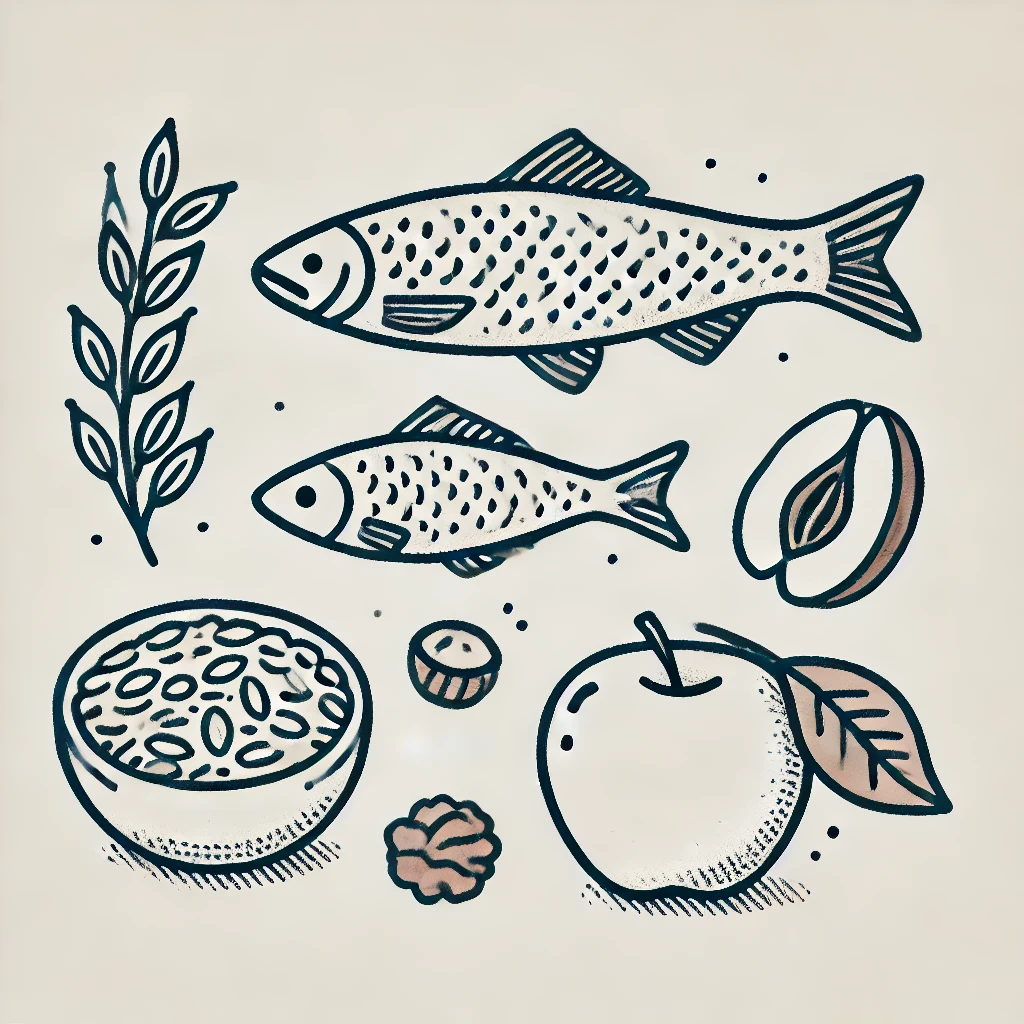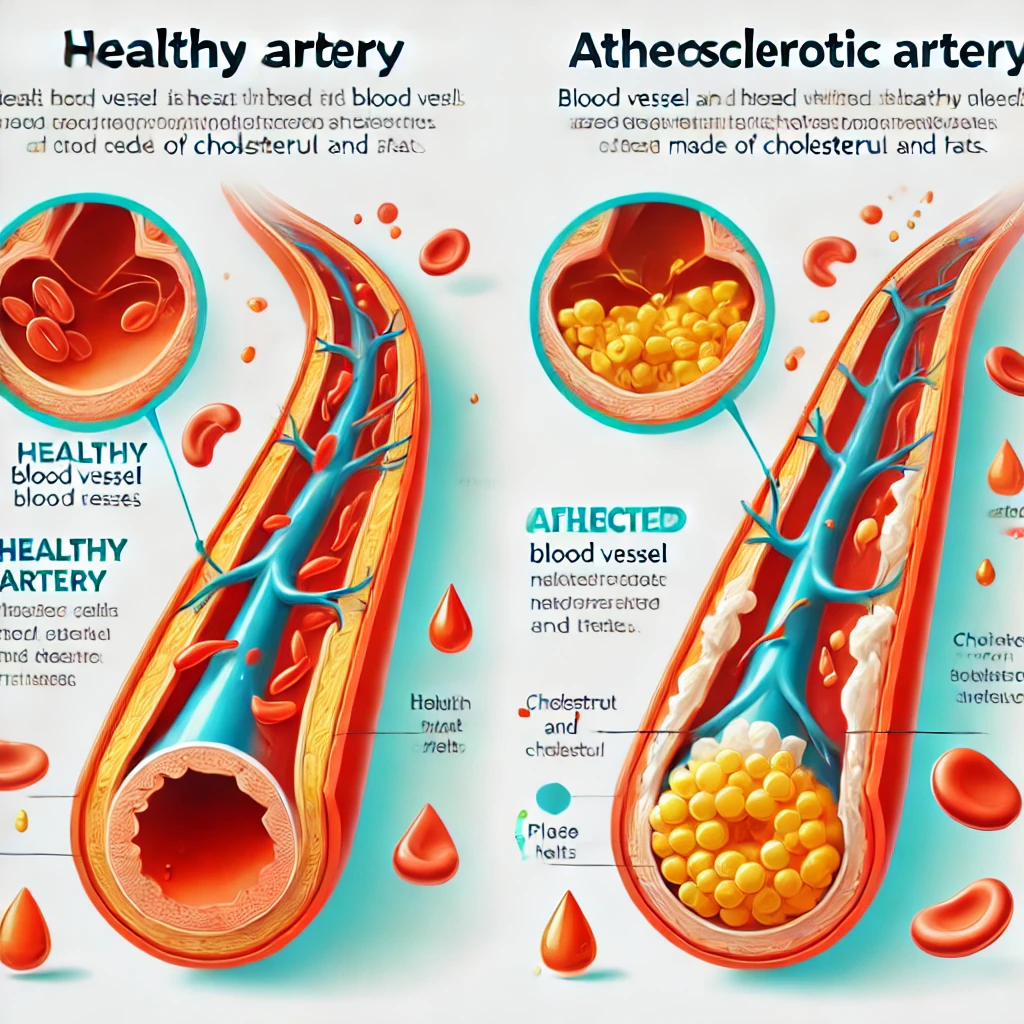Best Foods to Lower bad cholesterol (LDL)
To effectively reduce bad cholesterol (LDL), it is essential to include certain scientifically proven foods in your diet. Here are the foods particularly beneficial for lowering LDL cholesterol. 1. Oats and Whole Grains, reduce bad… Best Foods to Lower bad cholesterol (LDL)

